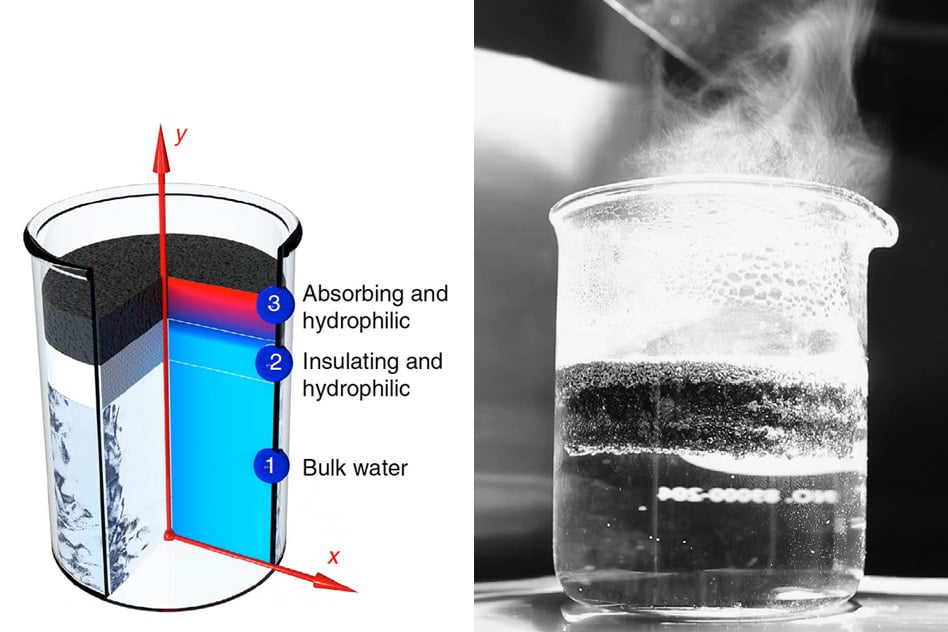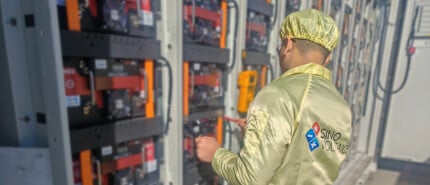In this article, we briefly look at a relatively new form of technology to utilize the incoming solar energy from the sun which is currently under development: solar steam.
What is this solar-to-steam technology, how does it work and what potentials does it offer?
Background
The Middle East, still home to multiple crises, weaned the world away from the sun, water, and wood energy. The world, particularly the developed nations in the West that were slurping happily the so-called black gold (oil) that flowed mostly out of the Middle East, experienced two ‘oil crises’ in the wake of the OPEC embargo in 1973 and the Islamic Revolution in Iran in 1979 respectively.
Countries all around the globe woke up to a bumpy oil shock and the concept of energy security along with the term alternate energy – alternate to fossil fuel – was born.
Moving fast forward to the 21st century, alternate energy in its multiple old-fashioned and new forms and technological stages is getting higher and higher on the agendas of numerous developed and developing nations.
Although solar photovoltaic is the major form of new alternate energy that is changing the way mankind is generating and using electricity, solar PV is however still not able to compete with electricity from fossil fuel in terms of cost of production. Where efforts are continuously afoot to reduce cost of PV, other approaches to non-electric use of solar energy are also in high gear.
Let off some solar steam
Scientists worldwide are tackling this problem and a fresh example is research and development into solar steam technologies, which is focused on the conversion of incoming solar energy into steam.
Significant achievements in this regard stem from collaboration between teams from the Department of Mechanical Engineering at the Massachusetts Institute of Technology (MIT) and the Masdar Institute of Science and Technology (MIST) in the United Arab Emirates.
This East-West collaboration has proven the possibility of generating steam from the sun with a very simple, low cost device using no solar concentrators.
The absence of concentrators is very significant. Even on the hottest day of the year, water may vaporize but not generate steam. The MIT-MIST laboratory model has been tested to generate steam even on a cool day. This breakthrough offers the possibilities to applications wherever low pressure steam can be used, such as for room heating, water heating, large scale desalination, waste water treatment and so on.

Solar-to-steam device: concept (left) and in action (right). Image source: MIT
How does the MIT-MIST solar steam device work?
Essentially, the device is a sheet of heat absorber mounted on a thin copper sheet. The absorber is common and inexpensive, routinely used in rooftop solar water heaters.
It is special in that it is a good absorber but poor conductor. At the bottom, the copper sheet is insulated with a thermally insulating layer of foam. The foam also helps the sheet structure float on water.
The absorber absorbs solar radiation, but it does not radiate back nor does it conduct. It heats the copper sheet which is an excellent conductor of heat. Heat has nowhere to go except along the thin copper sheet.
A fine hole drilled through the three layers allows water to rise through the hole, get heated by the heat in the copper sheet, and turn to steam. The steam escapes up the hole. Properly located multiple holes will make the structure like a floating leaf or sheet which generates steam.
The device is able to convert impressive 85% of the incoming solar energy into heat.
Features of solar steam
1. Inexpensive technology
A very special thing about the idea is the simplicity. It is low-tech. High-tech solutions are inherently expensive. Low-tech solutions can be low-cost when married with ingenuity. This device is low cost requiring no new materials to be manufactured.
2. Young ingenuity
The scientists were worried about one thing. While the foam insulated the bottom, and the absorber did not radiate, convective heat loss from the absorber at the top was still present. Here a teenage daughter of one of the members suggested a very simple, low cost solution: cover it up with clear bubble wrap. And it did work!





